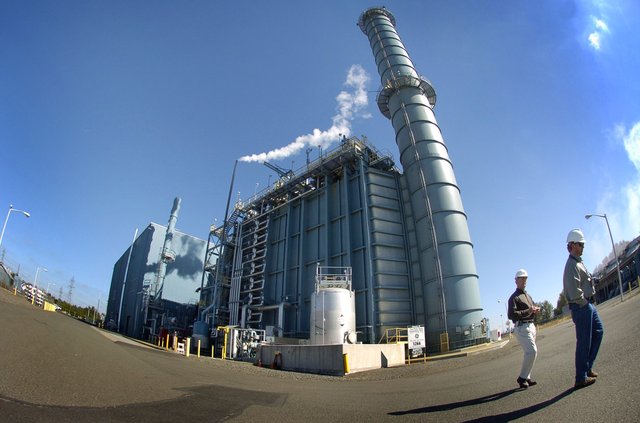forum
library
tutorial
contact

Utility Customers Play Role in Future
by Lynn LatendresseThe Columbian, January 15, 2012
|
the film forum library tutorial contact |

|
Utility Customers Play Role in Futureby Lynn LatendresseThe Columbian, January 15, 2012 |
Consumers are key to energy-efficiency goals tokeep rates as low as possible
 The electric industry is in a period of transition, and our customers in Clark County have a role in what happens next.
The electric industry is in a period of transition, and our customers in Clark County have a role in what happens next.
Beginning in October, Clark Public Utilities transitioned to a new type of contract with the Bonneville Power Administration called slice/block. We now buy a "slice" of the federal hydropower system output and make up the rest of our customer needs with market purchases and the River Road Generating Plant.
This new contract provides us the ability to adapt to changing market conditions and aids in the successful management of our loads and power supply portfolio, to maintain system reliability, rate stability and customer satisfaction. The flexibility enables us to maximize savings in the market as both gas and power prices fluctuate, and diversifies our portfolio for a more sustainable future as the federal hydro and regional transmission systems reach capacity.
Under Initiative 937, Washington state law complicates the job of balancing energy load while integrating additional renewable resources into our power supply portfolio. Wind power is the most available resource allowed under the law and, though plentiful in the region, it is an intermittent resource and is often not available when it is needed most. This influx of new, highly variable generation has put additional strain on the region's federal hydropower transmission systems and calls into question where to invest limited capital to ensure infrastructure growth meets future customer growth.
Complementing the renewable resource requirements are new mandates for additional spending on conservation. The law requires utilities to pursue all cost-effective conservation measures, including equipment retrofits, efficient lighting upgrades and sustainable building practices.
At a cost per kilowatt-hour, conservation is far and above the cheapest resource available to our customers. Every kilowatt hour saved by one customer is one less kilowatt hour created through capital investments in additional generation or transmission.
As we consider infrastructure and future resource development, it is essential that energy efficiency be at the core of our long-term plan. It is also one way our customers can directly manage their electric service costs as well as contribute to the sustainability of the energy supply.
Conservation is a measurable investment in the bottom line and the benefits are two-fold. First, initial investments in energy efficiency will save individual customers money for years to come by reducing consumption. Second, using less energy helps the utility delay or avoid acquisition of additional power and reduce investments in new generation sources. All of this contributes to keeping electric rates as low as possible.
As customer needs grow, investments in energy efficiency can mitigate future increases in electricity costs, as our investments in generation continue to get more expensive.
As a not-for-profit public utility, our goal is to provide all customers with reliable electric service at the most affordable price possible.
Conservation is the lowest-cost way to supply power as Clark Public Utilities' customer base grows, and will it remain so for the foreseeable future. It's the only source of energy our customers can manage themselves, so we look to all in Clark County to explore conservation opportunities with us as we move forward.
learn more on topics covered in the film
see the video
read the script
learn the songs
discussion forum
